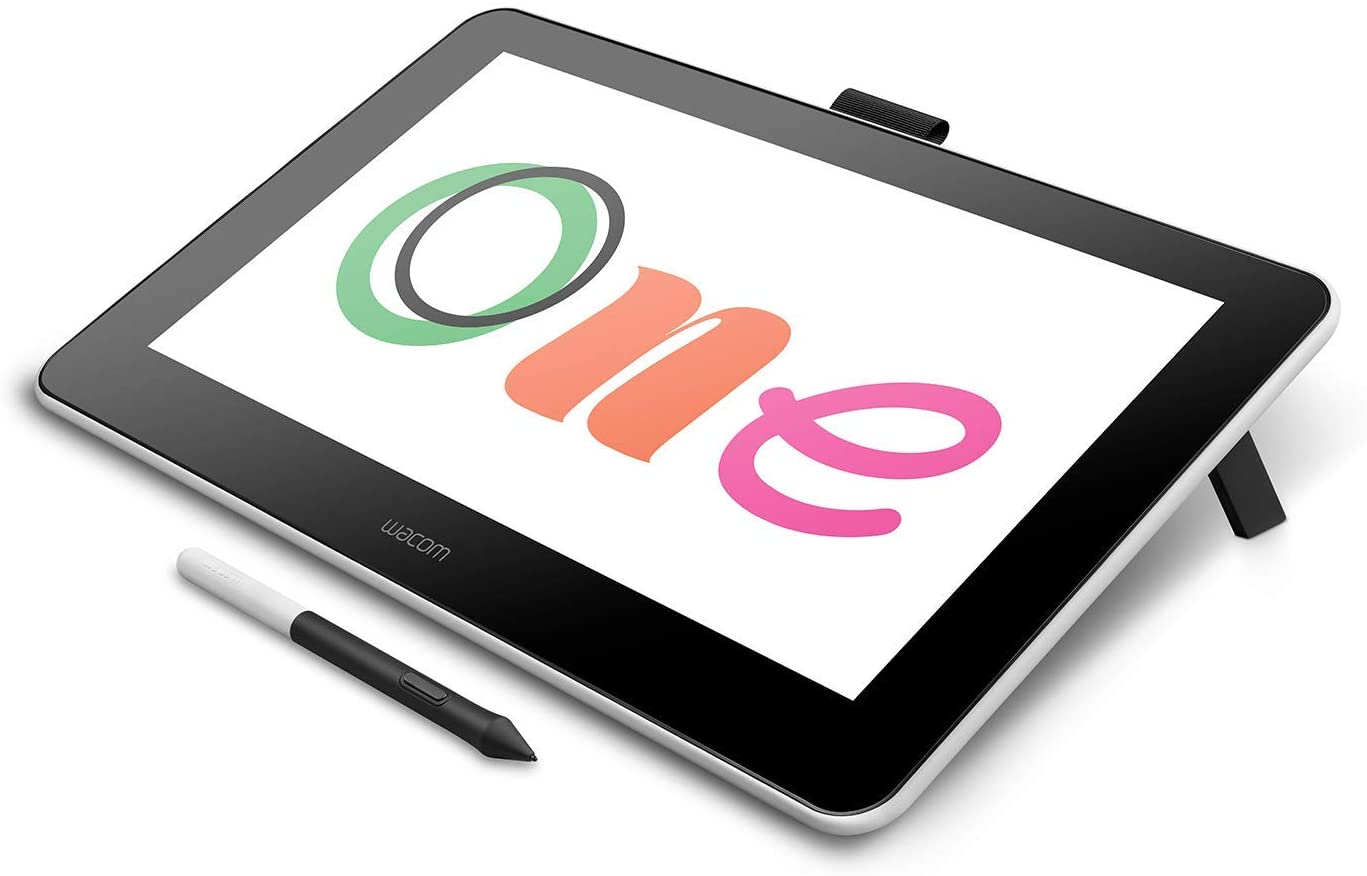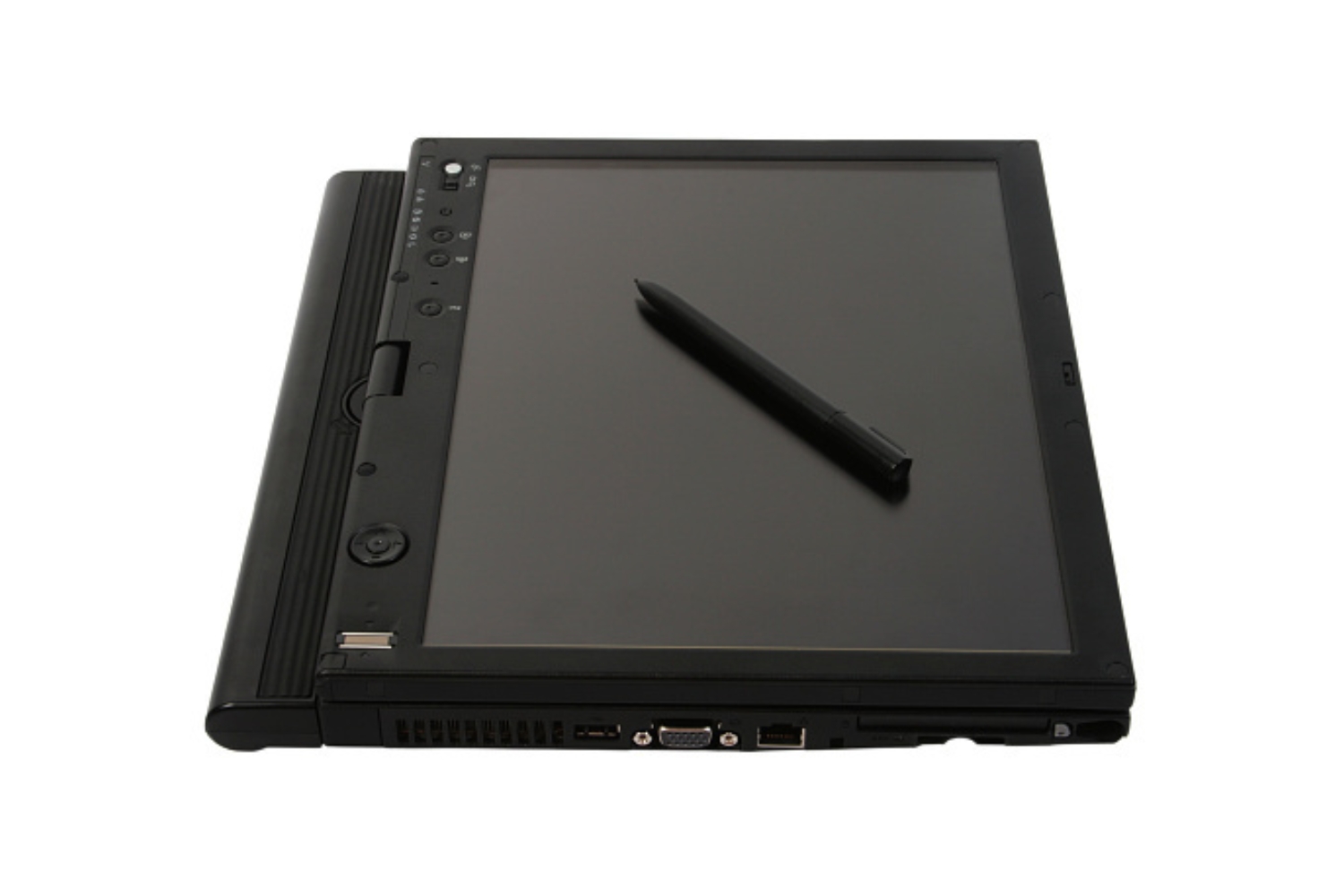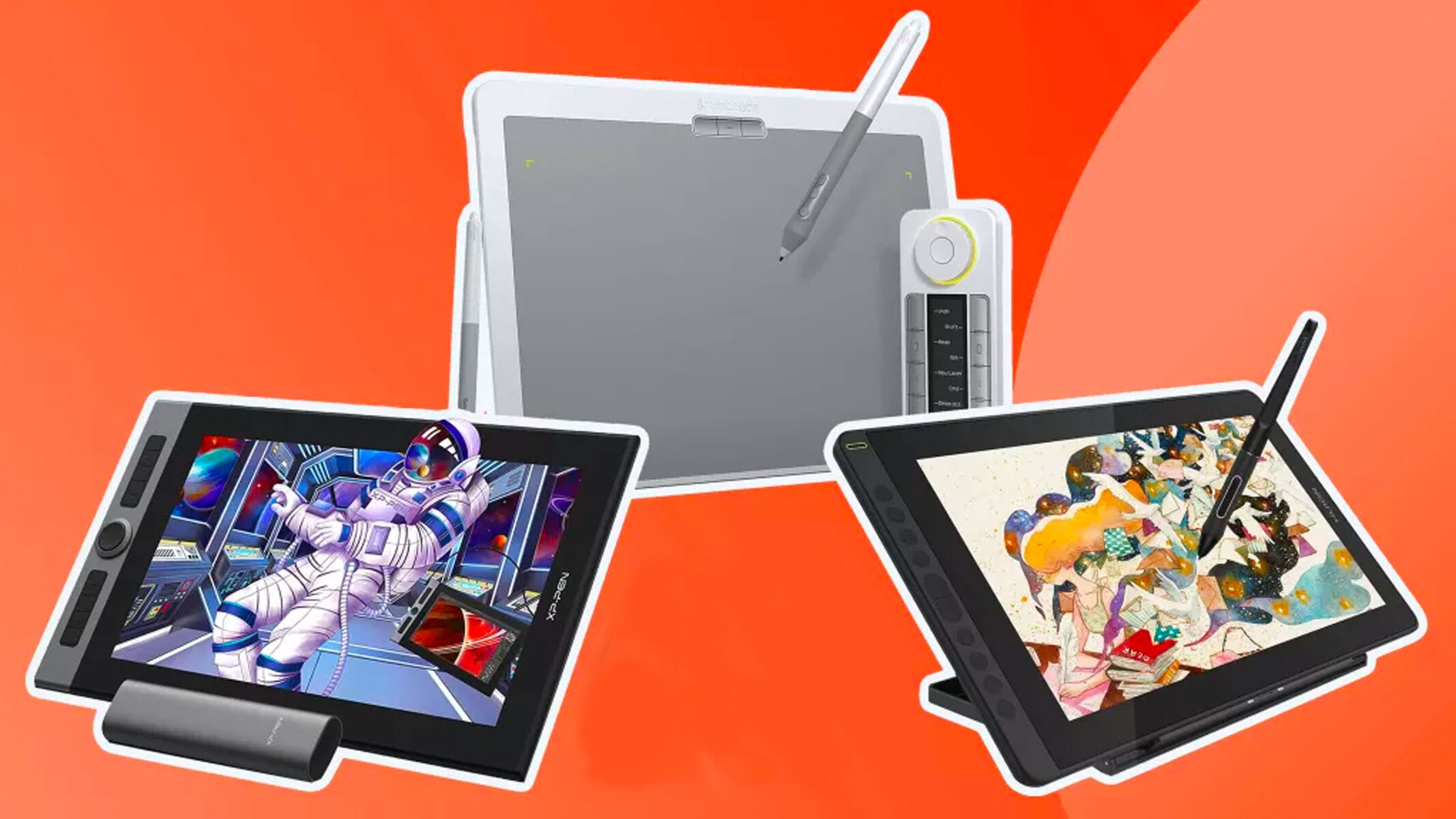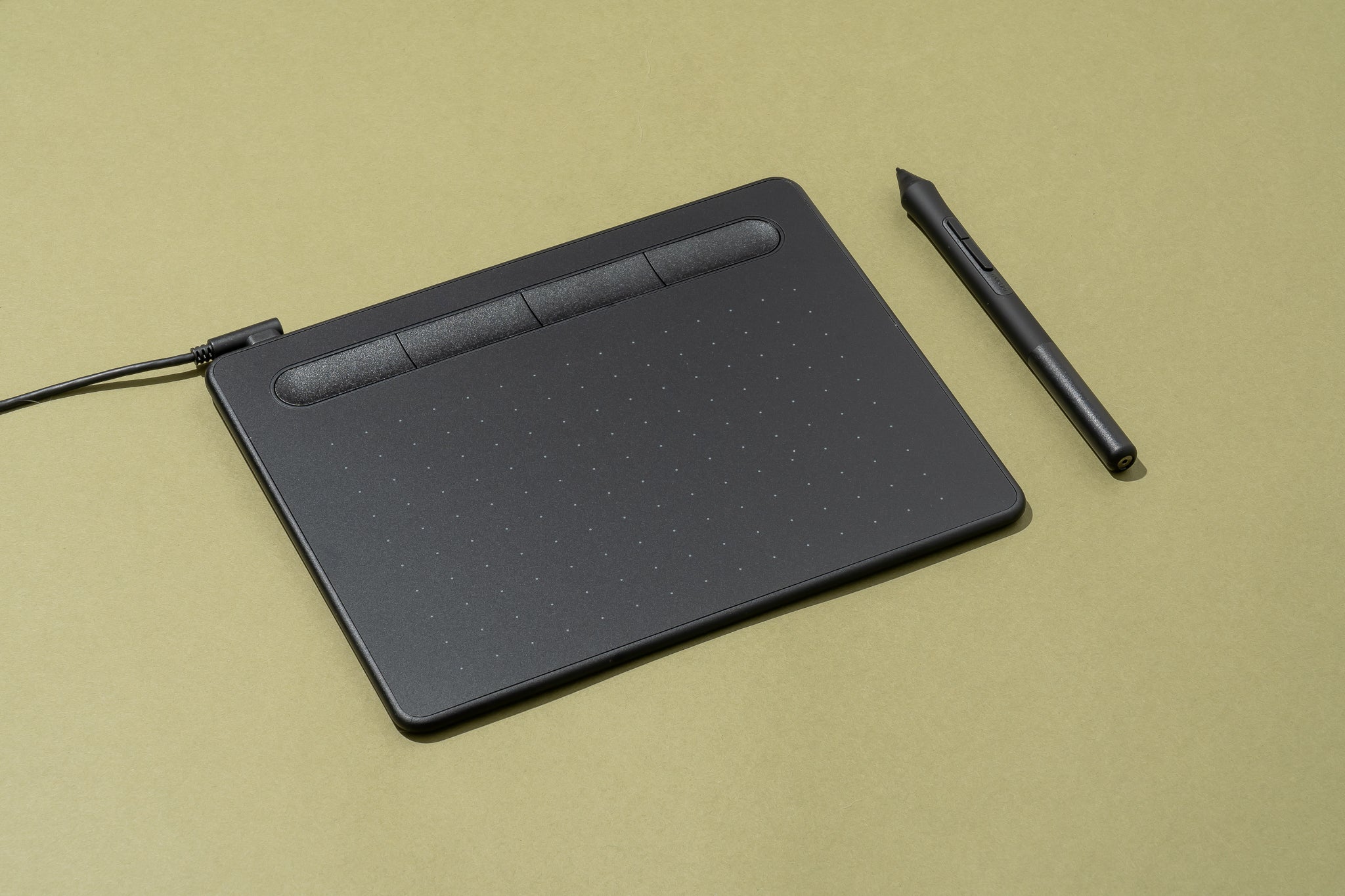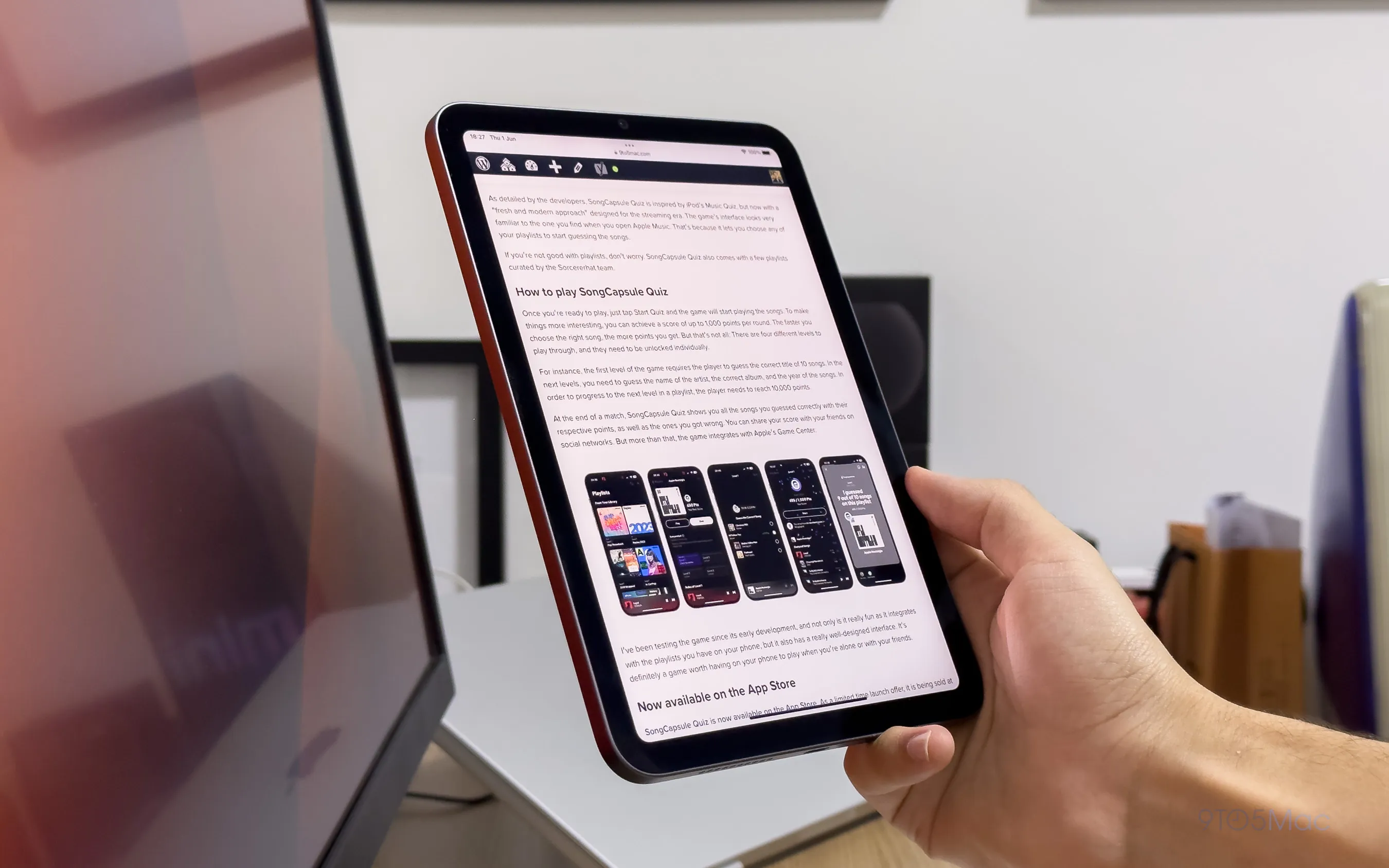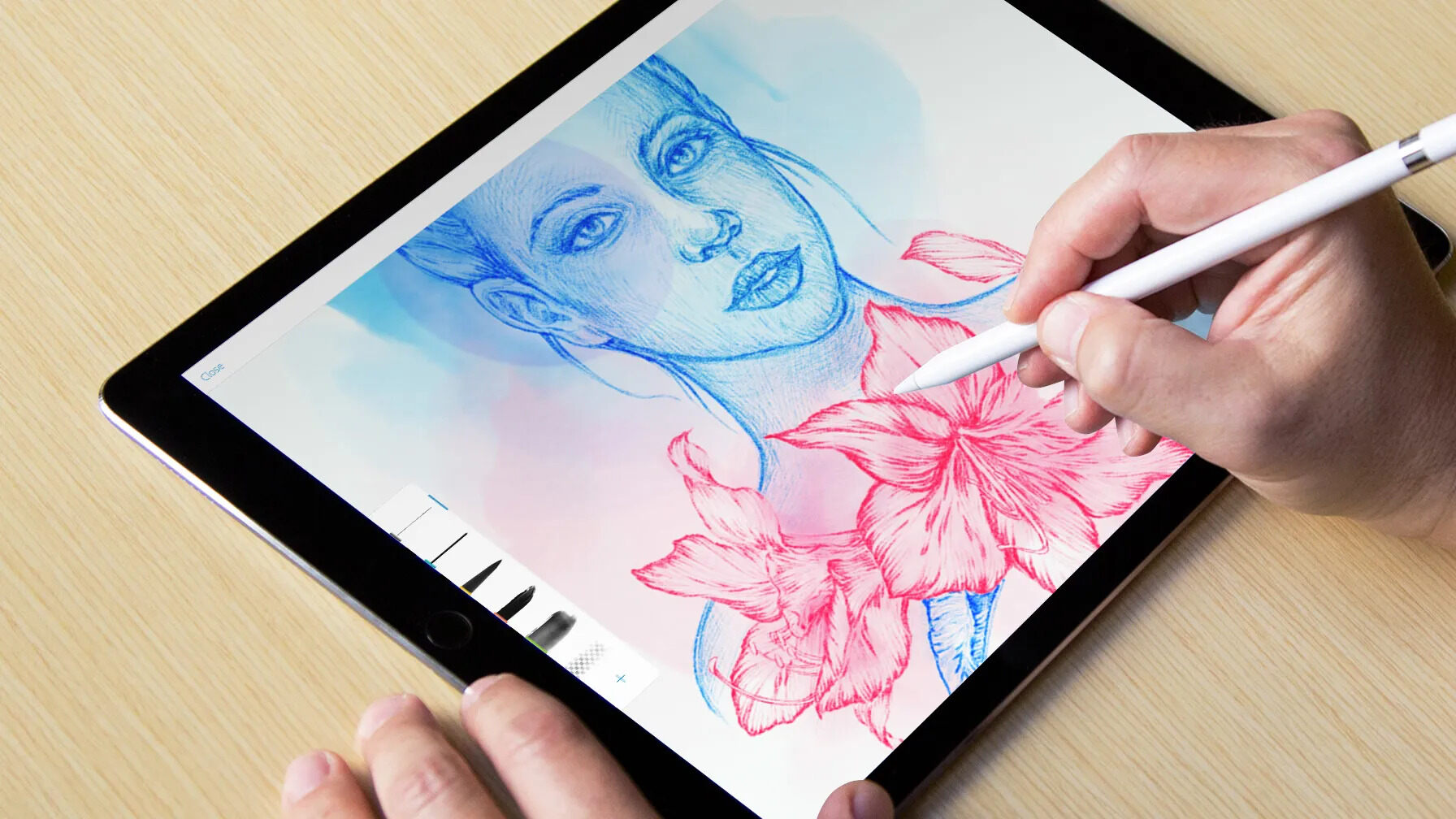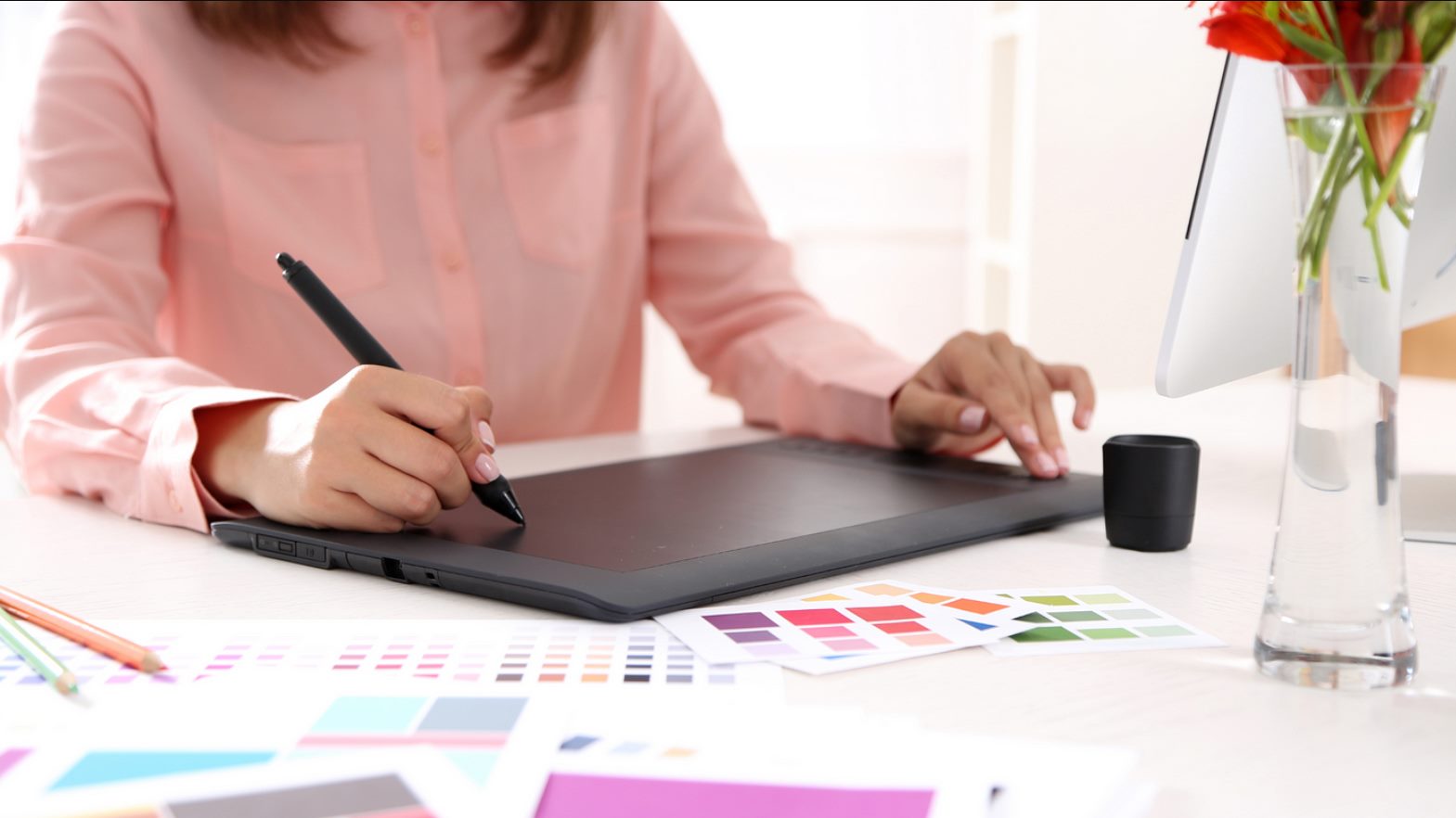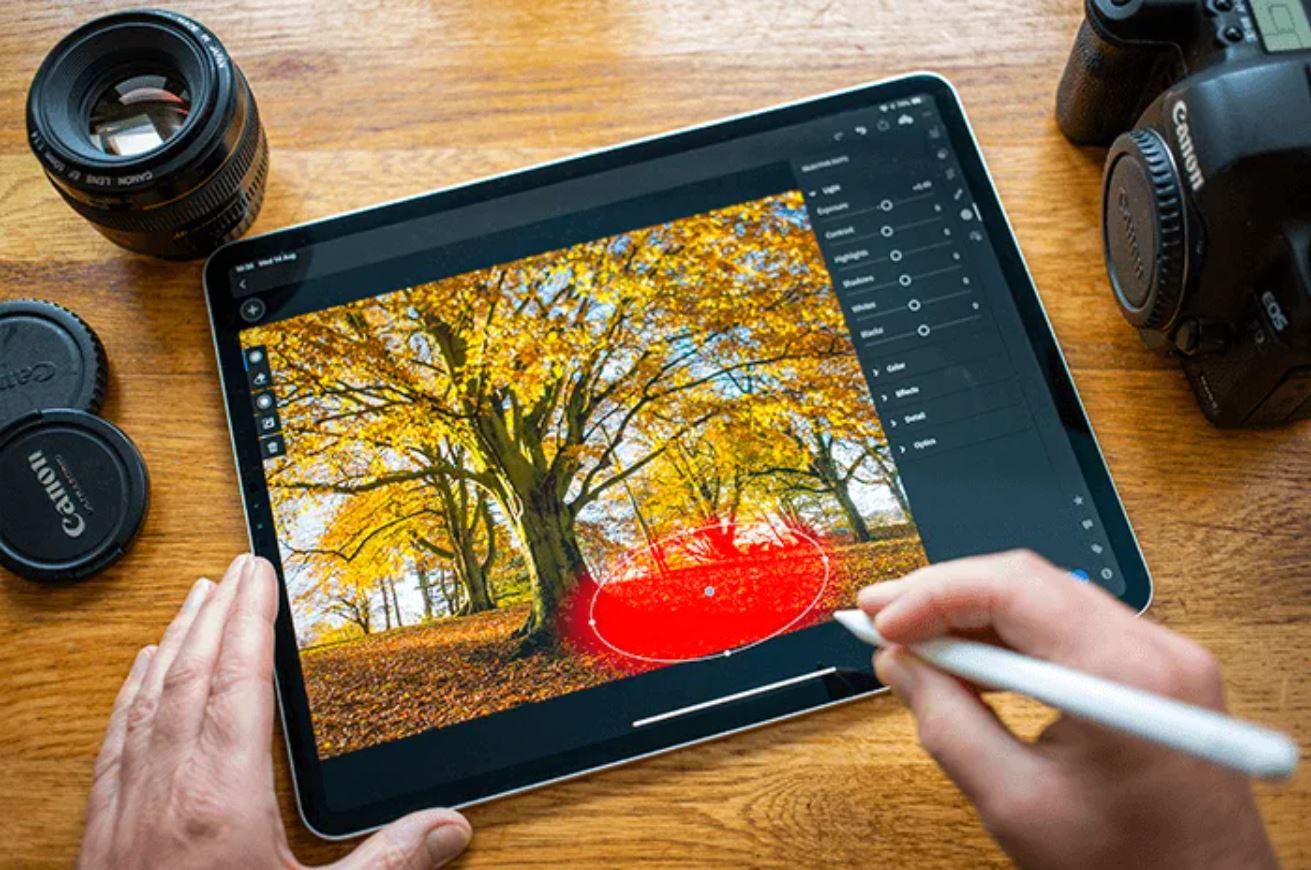Introduction
Drawing tablets have revolutionized the way artists and graphic designers create digital art. With the ability to draw, sketch, and paint directly on a screen, these devices offer a more intuitive and precise experience compared to traditional methods. However, one common question that arises when considering a drawing tablet is: how much does it cost?
The cost of a drawing tablet can vary significantly depending on several factors. In this article, we will explore the different factors that affect the price of a drawing tablet, ranging from budget-friendly options to high-end models. By understanding these factors, you can make an informed decision when choosing a drawing tablet that suits both your needs and budget.
First, one of the main factors that affect the cost of a drawing tablet is the brand. Established brands in the industry, such as Wacom and Huion, tend to be more expensive due to their reputation for high-quality and reliable products. Conversely, lesser-known brands may offer more affordable options, but they may lack the same level of features and durability.
Another factor to consider is the size and resolution of the drawing tablet. Larger tablets with higher resolutions generally come with a heftier price tag. If you require a larger workspace or need to work with intricate details, you may need to invest in a larger and more expensive tablet. However, if you primarily work on smaller projects or require a more portable option, a smaller tablet with a lower resolution may be sufficient and more budget-friendly.
The level of sensitivity and responsiveness of the tablet’s stylus is another crucial factor in determining its cost. Higher-end models often offer a higher level of pressure sensitivity, allowing for more precise control and a wider range of artistic expression. These tablets are typically preferred by professional artists and designers who require utmost precision in their work. On the other hand, if you’re a beginner or more casual artist, a tablet with lower pressure sensitivity may be more affordable and suitable for your needs.
Connectivity options, such as wireless or Bluetooth capabilities, can also affect the cost of a drawing tablet. While these features provide convenience and flexibility, they can add to the overall price. If you prioritize the ability to work wirelessly or connect the tablet to multiple devices, be prepared to pay a higher price.
Lastly, additional features such as multitouch support, tilt recognition, and programmable buttons can further increase the cost of a drawing tablet. These features offer additional functionality and customization options, but they may not be necessary for every artist.
Now that we have explored the various factors that affect the price of a drawing tablet, let us delve into the different price ranges and explore some options that fit within these categories.
Factors That Affect the Cost of a Drawing Tablet
When it comes to purchasing a drawing tablet, there are several factors that can influence the price. Understanding these factors can help you make an informed decision based on your needs and budget. Let’s take a closer look at the key factors that affect the cost of a drawing tablet.
Brand: One of the main factors that determine the cost of a drawing tablet is the brand. Established brands like Wacom and Huion are known for their high-quality products and innovative features. As a result, they often command a higher price compared to lesser-known brands. While purchasing a tablet from a reputable brand may offer a guarantee of quality, there are also more affordable options available from emerging brands.
Size and Resolution: The size and resolution of a drawing tablet play a significant role in its cost. Larger tablets with higher screen resolutions tend to be more expensive. If you require a larger workspace or need to work on intricate details with precision, investing in a larger and higher-resolution tablet may be worth the higher price. However, if you primarily work on smaller projects or value portability, a smaller and lower-resolution tablet may be a more cost-effective choice.
Stylus Sensitivity: Another factor that affects the price of a drawing tablet is the sensitivity and responsiveness of the stylus. Higher-end models often offer a greater level of pressure sensitivity, allowing for more precise control and a wider range of artistic expression. Professional artists and designers who require utmost accuracy in their work may prefer these more expensive tablets. However, if you’re a beginner or a more casual artist, a tablet with lower pressure sensitivity can still provide a satisfactory drawing experience at a more affordable price.
Connectivity: The connectivity options available on a drawing tablet can also impact its cost. Tablets equipped with wireless or Bluetooth capabilities provide added convenience and flexibility, allowing you to work without being tethered to a computer or easily switch devices. However, these features often come at a higher price point. If you prioritize wireless connectivity or the ability to connect to multiple devices, be prepared to pay a premium.
Additional Features: Certain additional features can also contribute to the overall cost of a drawing tablet. These include multitouch support, tilt recognition, programmable buttons, and customizable shortcut keys. These features can enhance your workflow and provide additional functionality, but they may not be necessary for every artist. Consider your specific needs and budget before investing in tablets with these extra features.
By understanding these factors, you can evaluate the cost of a drawing tablet and choose one that meets your requirements. In the following sections, we will explore various price ranges and recommend some budget-friendly, mid-range, and high-end drawing tablets.
Budget-Friendly Drawing Tablets
If you’re on a tight budget or just starting out as an artist, there are several affordable drawing tablets available that still offer decent performance and functionality. Let’s explore some budget-friendly options that won’t break the bank.
XP-Pen Deco 01 V2: Priced under $100, the XP-Pen Deco 01 V2 is an excellent option for beginners. It features a large drawing area, 8,192 levels of pressure sensitivity, and customizable shortcut keys. The tablet also comes with a battery-free stylus that provides a natural drawing experience.
Huion H610 Pro V2: Another affordable choice is the Huion H610 Pro V2, priced around $60. This tablet offers a generous drawing surface, 8,192 levels of pressure sensitivity, and 16 customizable shortcut keys. With its durable build and smooth drawing experience, it is a popular choice among artists on a budget.
Wacom Intuos: Wacom, known for their high-quality tablets, offers the Intuos line as a more affordable option. With a price range starting at around $80, the Wacom Intuos provides a compact and portable drawing experience. It features 4,096 levels of pressure sensitivity and comes with Wacom’s renowned stylus technology.
Veikk A30: The Veikk A30 is a budget-friendly tablet offering a large drawing area, 8,192 levels of pressure sensitivity, and customizable shortcut keys. Priced under $50, it provides good value for money and is suitable for both beginners and casual artists.
GAOMON M10K Pro: Priced just under $100, the GAOMON M10K Pro offers a large drawing area, 8,192 levels of pressure sensitivity, and customizable shortcut keys. It also provides tilt recognition, allowing for more natural brush strokes and shading.
These are just a few examples of budget-friendly drawing tablets available in the market. While they may not have all the advanced features of higher-end tablets, they still provide a solid drawing experience and are perfect for beginners or those on a limited budget.
Now that we have explored some affordable options, let’s move on to the next section and discuss mid-range drawing tablets that offer a balance between price and performance.
Mid-Range Drawing Tablets
If you’re looking for drawing tablets with more advanced features and better performance without breaking the bank, mid-range options provide a great balance between price and functionality. Here are some mid-range drawing tablets worth considering:
Wacom Intuos Pro: The Wacom Intuos Pro offers a professional drawing experience at a more affordable price compared to high-end models. With its advanced features like 8,192 levels of pressure sensitivity, tilt recognition, and customizable shortcut keys, this tablet is favored by many digital artists.
XP-Pen Artist 15.6 Pro: Priced around $399, the XP-Pen Artist 15.6 Pro features a 15.6-inch display and 8,192 levels of pressure sensitivity. With an improved color gamut and 120% sRGB coverage, this tablet provides accurate color representation, making it suitable for artists and graphic designers.
Huion Kamvas Pro 13: The Huion Kamvas Pro 13 is another mid-range tablet that offers a 13.3-inch display, 8,192 levels of pressure sensitivity, and a battery-free pen. With its laminated screen and anti-glare glass, it provides a comfortable drawing experience and accurate visual representation.
GAOMON PD1560: Priced around $400, the GAOMON PD1560 features a 15.6-inch display, 8,192 levels of pressure sensitivity, and a customizable shortcut wheel. It also supports tilt recognition, allowing for a more natural and immersive drawing experience.
VEIKK VK2200: With a 21.5-inch display, the VEIKK VK2200 provides a large workspace for artists and designers. It offers 8,192 levels of pressure sensitivity, tilt recognition, and programmable buttons. Priced around $450, it offers good value for its size and features.
These mid-range drawing tablets provide better performance, improved display quality, and more advanced features compared to budget-friendly options. They are suitable for artists who require a higher level of precision, color accuracy, and customization in their artwork.
Now that we’ve covered mid-range options, let’s move on to the section that explores high-end drawing tablets, which offer top-of-the-line features and performance.
High-End Drawing Tablets
If you’re a professional digital artist or a serious enthusiast who demands the best, high-end drawing tablets offer top-of-the-line features and performance. These tablets are designed to meet the needs of artists who require the utmost precision and functionality. Let’s explore some of the high-end drawing tablets available on the market:
Wacom Cintiq Pro: The Wacom Cintiq Pro series is renowned for its exceptional quality and performance. These tablets feature high-resolution displays, ranging from 13 to 32 inches, providing stunning color accuracy and detail. With advanced features like pen tilt recognition, customizable ExpressKeys, and multi-touch support, these tablets offer an unparalleled drawing experience.
Apple iPad Pro: The Apple iPad Pro, paired with the Apple Pencil, has become a popular choice among digital artists and designers. With its high-resolution Retina display, powerful A-series chip, and support for Procreate and other professional drawing apps, the iPad Pro offers a portable and versatile solution for artists on the go.
Microsoft Surface Studio: The Microsoft Surface Studio is a unique all-in-one computer that transforms into a drawing canvas. With its large 28-inch PixelSense display, versatile hinge design, and pen support, it offers a seamless and immersive drawing experience. The Surface Studio is particularly favored by digital artists and graphic designers who value the integration of Microsoft software and collaboration tools.
Huion Kamvas Studio: The Huion Kamvas Studio series combines a high-resolution display with powerful hardware. These tablets feature a range of sizes, up to a spacious 22-inch screen, and advanced features like pen tilt recognition, customizable shortcut keys, and multi-touch support. With their excellent color accuracy and performance, they rival top-tier competitors at a more budget-friendly price point.
XP-Pen Innovator 16: Designed specifically for professionals, the XP-Pen Innovator 16 boasts a 15.6-inch display with 4K resolution, providing exceptional detail and clarity. With 8,192 levels of pressure sensitivity and tilt recognition, it offers precise and natural drawing capabilities. The Innovator 16 also features a battery-free pen and customizable shortcut keys for an efficient workflow.
These high-end drawing tablets are the cream of the crop, offering unparalleled performance, precision, and features. While they come with a higher price tag, they are investments for professionals who rely on their tablets for their artistic endeavors.
Now that we have explored the range of high-end drawing tablets, let’s move on to the next section where we discuss whether the expense of an expensive drawing tablet is truly worth it.
Is an Expensive Drawing Tablet Worth It?
When considering the purchase of an expensive drawing tablet, it’s natural to wonder whether the investment is truly worth it. While the answer ultimately depends on your specific needs and budget, there are several factors to consider when determining the value of an expensive drawing tablet.
Performance and Features: Expensive drawing tablets often come with advanced features and higher performance capabilities. These tablets typically offer greater pressure sensitivity levels, tilt recognition, customizable shortcuts, and innovative pen technology. If you require precise and nuanced control over your artwork, these features can greatly enhance your drawing experience and productivity.
Build Quality and Durability: High-end drawing tablets are often built with superior materials, providing a more durable and long-lasting device. They are designed to withstand frequent use and offer a higher level of reliability compared to cheaper alternatives. If you rely on your drawing tablet for professional work or use it intensively, investing in a more expensive tablet can ensure it stands the test of time.
Display Quality and Color Accuracy: Expensive drawing tablets often come with high-resolution displays that offer excellent color accuracy and detail. This is crucial for artists and designers who require precise color representation in their work. Additionally, some high-end tablets may have laminated screens, reducing parallax and providing a more natural drawing experience.
Brand Reputation and Support: Established brands in the industry, such as Wacom, often come with a reputation for quality and reliability. These brands typically offer comprehensive customer support, warranties, and a range of compatible accessories. If having the assurance of a trusted brand and excellent customer support is important to you, investing in an expensive tablet may be worth it.
On the other hand, it’s essential to consider your specific needs and budget before opting for an expensive drawing tablet. If you’re a beginner or a casual artist, you may not require all the advanced features and performance that high-end tablets offer. There are many excellent mid-range and even budget-friendly options available that can still provide a satisfying drawing experience at a more affordable price point.
Ultimately, the value of an expensive drawing tablet comes down to personal preference and how it aligns with your artistic goals. If you have the budget and specific requirements that warrant investing in a high-end tablet, it can be a worthwhile purchase. However, if you’re just starting out or don’t require all the extra features, exploring more affordable options can still provide a fulfilling drawing experience without breaking the bank.
Now that we have explored the worth of expensive drawing tablets, let’s conclude the article by summarizing the key points we’ve discussed.
Conclusion
Drawing tablets have become indispensable tools for artists and graphic designers, offering a more intuitive and precise way to create digital art. The cost of a drawing tablet can vary significantly based on factors such as brand, size and resolution, stylus sensitivity, connectivity options, and additional features.
For those on a budget, there are plenty of budget-friendly options available that still provide decent performance and functionality. Tablets like the XP-Pen Deco 01 V2 and Huion H610 Pro V2 offer great value for beginners or casual artists who don’t require all the advanced features of high-end tablets.
Mid-range drawing tablets strike a balance between price and performance, offering more advanced features and better display quality. Tablets like the Wacom Intuos Pro and Huion Kamvas Pro 13 are favored by artists who require a higher level of precision and customization.
High-end drawing tablets are the top-tier options, providing exceptional performance, advanced features, and superior build quality. Tablets like the Wacom Cintiq Pro and Apple iPad Pro cater to professionals and serious enthusiasts who demand the best.
When contemplating whether an expensive drawing tablet is worth it, consider factors such as performance, features, build quality, display quality, and brand reputation. While high-end tablets offer impressive capabilities, they may not be necessary for everyone, especially beginners or casual artists who don’t require all the advanced features.
In the end, the value of a drawing tablet depends on your specific needs, budget, and artistic goals. Whether you opt for a budget-friendly, mid-range, or high-end tablet, the most important aspect is finding a tablet that suits your style of art and enhances your creative process.
Now armed with the knowledge of the factors that affect the cost of drawing tablets and the different options available at various price points, you can make an informed decision and choose the drawing tablet that best fits your needs, preferences, and budget.







